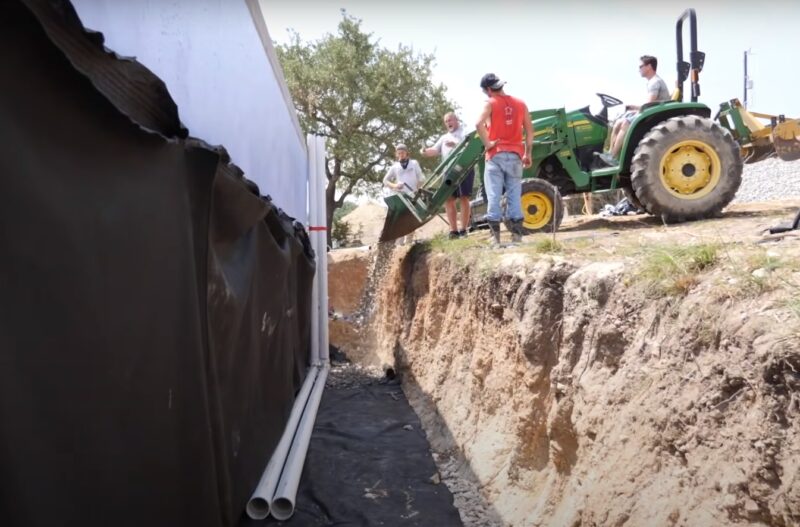Drain tiles, an often overlooked yet crucial component of modern construction and landscaping, play a vital role in managing water around structures and landscapes. This comprehensive guide delves into the world of drain tiles, exploring their purpose, types, installation processes, and maintenance.
Whether you’re a homeowner, a construction professional, or simply curious about this essential element of water management, this article will provide you with a deep understanding of drain tiles and their significance.
The Concept and Purpose of Drain Tiles
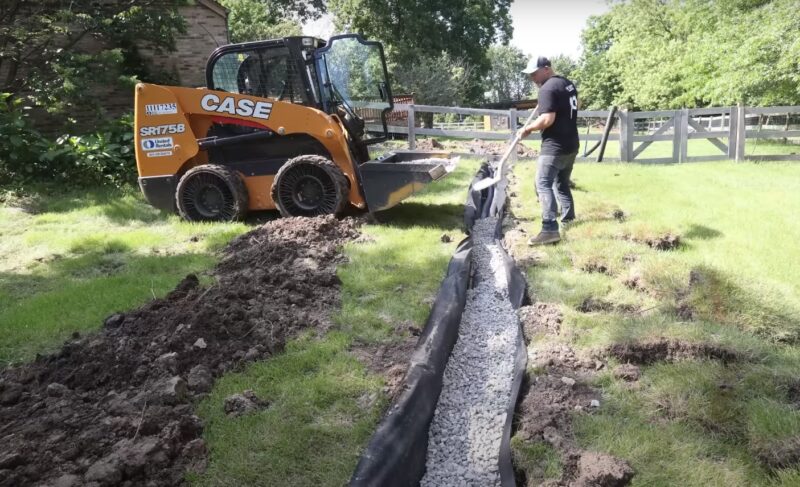
Drain tiles, a term that dates back to when clay tiles were used for drainage, are now synonymous with any piping system designed to divert water away from a structure’s foundation. Their primary purpose is to prevent water accumulation that can lead to dampness, mold, and foundation damage. By channeling water away, drain tiles play a crucial role in maintaining the structural integrity of buildings.
- Preventing Water Damage: By diverting water, drain tiles prevent the accumulation of moisture around foundations, which can lead to structural damage.
- Reducing Mold and Mildew: By keeping foundations dry, drain tiles help reduce the risk of mold and mildew growth, which are harmful to both the structure and its occupants.
Types of Drain Tiles
Drain tiles come in various types, each suited for different scenarios. The two main types are exterior and interior drain tiles. Exterior drain tiles are installed around the outside perimeter of a foundation, while interior drain tiles are placed inside, typically along the basement floor. The choice between the two depends on specific needs and the structure’s design.
- Exterior Drain Tiles: These are installed during the construction phase and are crucial for preventing water from reaching the foundation.
- Interior Drain Tiles: These are often used as a remedial measure in existing buildings where exterior drainage is insufficient or impractical to install.
Installation of Drain Tiles

Preparing for Installation
The installation of drain tiles is a process that requires careful planning and execution. It begins with assessing the site and determining the most effective layout for the drain tiles. This involves considering the slope of the land, the type of soil, and the overall drainage needs of the area. Proper planning ensures that the drain tiles will effectively channel water away from the structure.
- Site Assessment: Evaluating the terrain and soil type to determine the optimal layout for the drain tiles.
- Planning the Layout: Designing a drainage system that effectively addresses the specific water management needs of the site.
The Installation Process
Installing drain tiles is a multi-step process that involves digging a trench, laying the pipes, and ensuring proper slope for effective drainage. The pipes are then covered with gravel and soil. The process varies slightly between exterior and interior drain tiles, with interior installations requiring additional steps like breaking through concrete floors.
- Digging and Laying Pipes: Creating a trench and laying the drain tiles with the correct slope to ensure effective drainage.
- Covering and Finishing: Backfilling the trench with gravel and soil to protect the drain tiles and restore the landscape or floor.
Maintenance and Troubleshooting
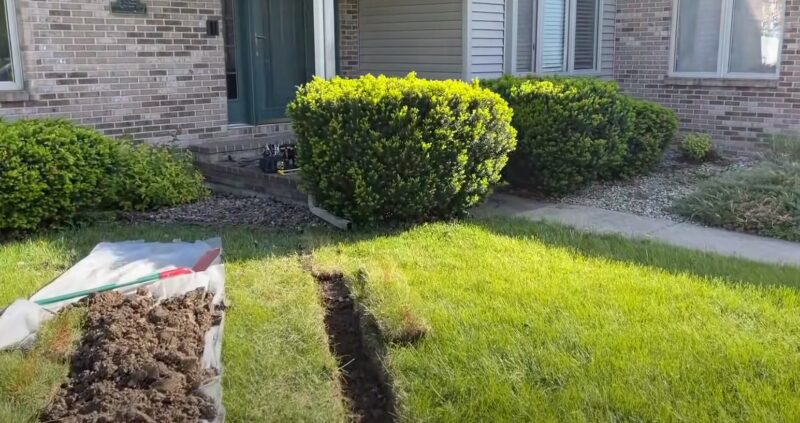
Regular Maintenance of Drain Tiles
Like any other part of a building, drain tiles require regular maintenance to function effectively. This includes inspecting and cleaning the system to prevent clogs and blockages. Regular maintenance ensures the longevity of the drain tiles and prevents costly repairs or replacements in the future.
- Inspection: Regularly checking the drain tiles for signs of blockage or damage.
- Cleaning: Removing debris and buildup to ensure unobstructed water flow.
Troubleshooting Common Issues
Even with regular maintenance, issues can arise with drain tiles. Common problems include clogs, breaks, or improper installation. Identifying and addressing these issues promptly can prevent more significant problems like water damage or foundation issues.
- Identifying Problems: Recognizing signs of drain tile failure, such as water accumulation or dampness.
- Addressing Issues: Taking appropriate measures to repair or improve the drain tile system to restore its functionality.
The Historical Evolution of Drain Tiles
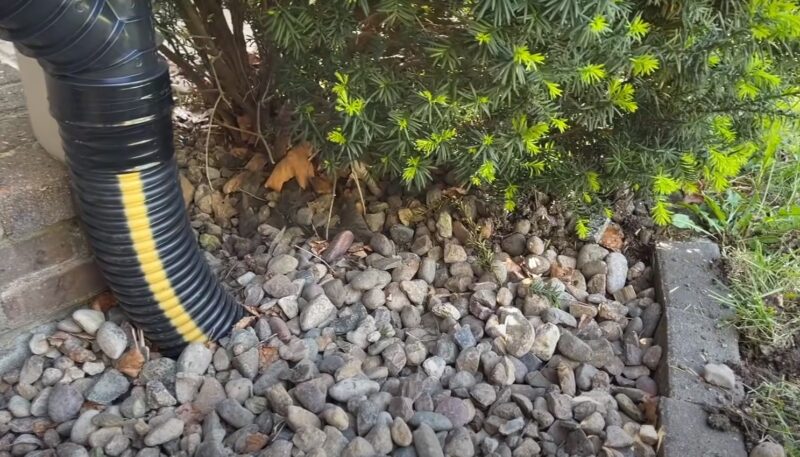
Origins and Early Development
The concept of drain tiles dates back to ancient times when civilizations first recognized the importance of effective water management. Initially, materials like stone and clay were used to create channels for water diversion. The evolution of drain tiles reflects a broader history of human innovation in agriculture and construction, adapting to the changing needs and available materials over time.
- Ancient Innovations: Early civilizations used rudimentary drainage systems, laying the groundwork for modern drain tile technology.
- Material Advancements: Over centuries, materials evolved from stone and clay to more durable and effective options like concrete and plastic.
Modern Advancements in Drain Tile Technology
In recent times, advancements in materials and technology have significantly improved the efficiency and reliability of drain tiles. Modern drain tiles are often made from plastic, which is durable, lightweight, and resistant to corrosion. Innovations in design, such as perforated pipes and geotextile filters, have also enhanced the effectiveness of drain tiles in various soil types and environmental conditions.
- Material Innovations: The shift to plastic and other modern materials has improved the longevity and effectiveness of drain tiles.
- Design Improvements: Innovations like perforated pipes and geotextile filters have optimized water flow and filtration, adapting drain tiles to a wider range of applications.
The Role of Drain Tiles in Agriculture
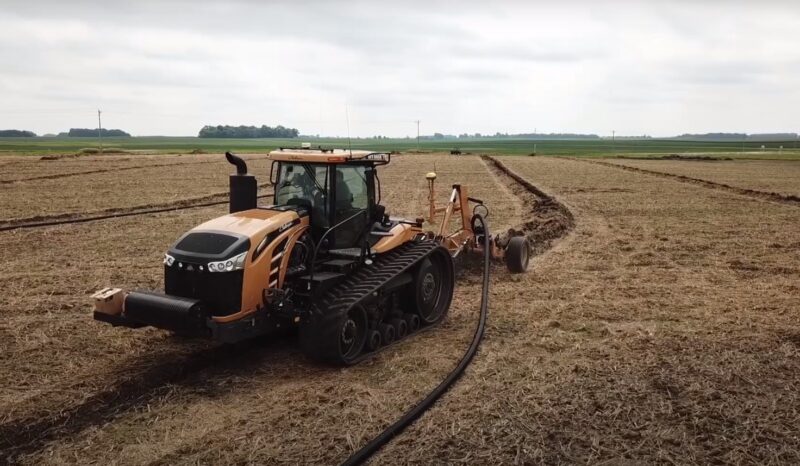
Enhancing Crop Yields
Drain tiles are not just crucial for protecting buildings; they also play a vital role in agriculture. Proper drainage is essential for optimal crop growth, as excessive water can lead to root rot and other harmful conditions. By maintaining a balanced moisture level in the soil, drain tiles help in maximizing crop yields and ensuring the health of agricultural lands.
- Preventing Waterlogging: Drain tiles help in preventing the waterlogging of fields, which can be detrimental to crop health.
- Optimizing Soil Conditions: By controlling soil moisture levels, drain tiles create ideal conditions for various types of crops, enhancing growth and yield.
Sustainability and Environmental Impact
The use of drain tiles in agriculture also has significant implications for sustainability and environmental impact. Effective drainage systems can reduce soil erosion and prevent nutrient runoff, which are critical for maintaining the health of the ecosystem. Additionally, by optimizing water usage, drain tiles contribute to more sustainable farming practices.
- Reducing Soil Erosion: Proper drainage minimizes soil erosion, preserving the land’s fertility and structure.
- Preventing Nutrient Runoff: By controlling water flow, drain tiles help in reducing the runoff of fertilizers and other nutrients, protecting surrounding water bodies and ecosystems.
Drain Tiles in Urban Infrastructure
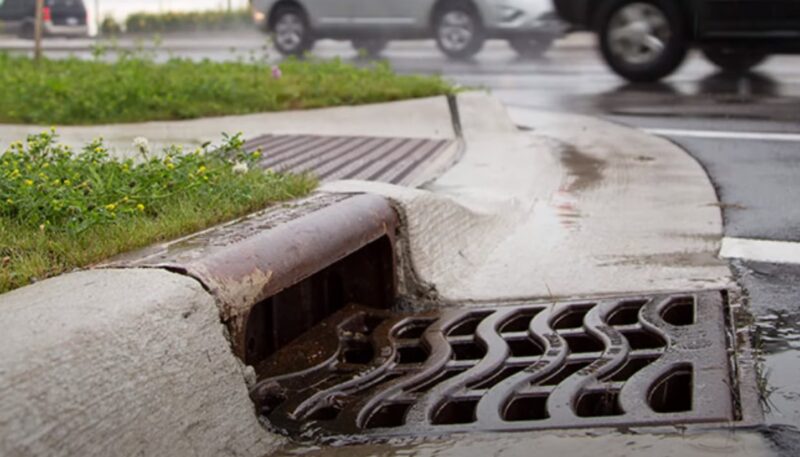
Managing Stormwater in Cities
In urban areas, drain tiles are integral to stormwater management systems. They help in controlling the flow of rainwater, reducing the risk of flooding, and minimizing the strain on sewage systems. Especially in cities with impervious surfaces like concrete and asphalt, effective drainage is crucial for managing water runoff.
- Flood Prevention: Drain tiles play a key role in preventing urban flooding by efficiently channeling rainwater away from critical areas.
- Protecting Infrastructure: By managing water runoff, drain tiles help in protecting roads, buildings, and other urban infrastructures from water damage.
Innovations in Urban Drainage Design
Urban drainage design has seen significant innovations, incorporating drain tiles in ways that blend functionality with aesthetics. Concepts like green roofs and permeable pavements integrate drain tiles into eco-friendly designs, promoting sustainable urban development. These innovations not only manage water effectively but also contribute to the urban landscape’s visual and environmental quality.
- Eco-Friendly Designs: Incorporating drain tiles into green roofs and permeable pavements for sustainable water management.
- Aesthetic Integration: Blending functional drainage with aesthetic elements to enhance the urban landscape.
The Importance of Proper Slope in Drain Tile Installation
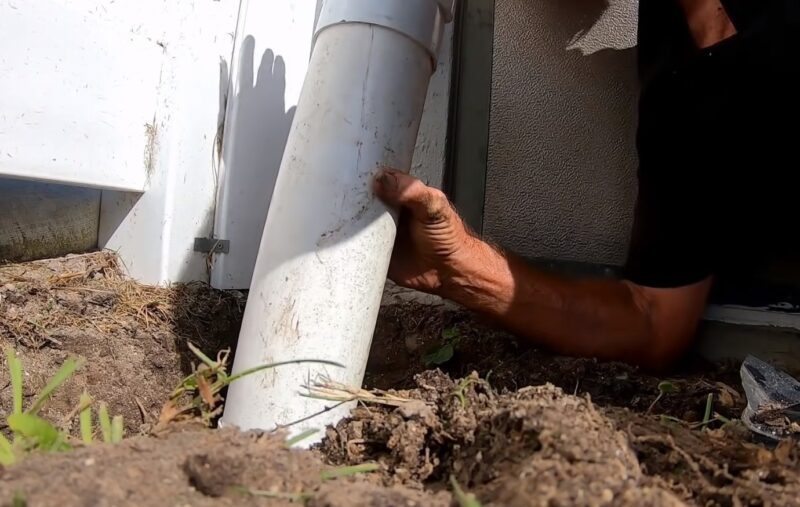
Understanding Slope Requirements
The effectiveness of drain tiles heavily depends on the correct slope during installation. The slope ensures that water flows away from the structure and into the designated drainage area. Getting the slope right is crucial; too steep, and the water may erode the soil or gravel around the pipes; too shallow, and the water won’t flow effectively.
- Calculating the Right Slope: Understanding how to calculate the appropriate slope for effective water drainage.
- Avoiding Common Mistakes: Recognizing and avoiding common errors in slope calculation during installation.
Techniques for Achieving Optimal Slope
Achieving the optimal slope for drain tiles involves precise measurement and careful installation. Techniques like using a level or laser transit can help in ensuring that the slope is consistent and effective throughout the drainage system. This section will provide practical tips and techniques for professionals and DIY enthusiasts alike.
- Using the Right Tools: Employing levels, laser transits, and other tools to accurately measure and achieve the desired slope.
- Best Practices in Installation: Sharing industry best practices for ensuring a consistent and effective slope during drain tile installation.
FAQ
Can drain tiles be installed in an existing building?
Yes, drain tiles can be retrofitted in existing buildings, especially interior drain tiles, which are often used as a remedial measure to address water issues in basements.
How long do drain tiles last?
Modern drain tiles, particularly those made of plastic, can last for decades. Their lifespan often depends on the material used and the conditions they are exposed to.
Are drain tiles expensive to install?
The cost of installing drain tiles varies based on factors like the type of drain tile, the complexity of the installation, and the property’s size. Generally, exterior drain tiles are more expensive to install than interior ones.
Can drain tiles freeze in winter?
Drain tiles can freeze if water remains stagnant within them and temperatures drop significantly. Proper installation and slope help minimize this risk.
Do drain tiles require any permits for installation?
Permit requirements vary by location. It’s essential to check with local building authorities before installing drain tiles.
How do I know if my drain tiles are working properly?
Signs of effective drain tiles include a dry basement and absence of water accumulation around the foundation. Regular inspections can help identify any issues.
Final Words
Drain tiles are a silent yet powerful ally in protecting structures and landscapes from water damage. Understanding their types, installation, and maintenance is crucial for homeowners, builders, and anyone interested in effective water management. Remember, the key to a dry and healthy foundation lies beneath the surface.

